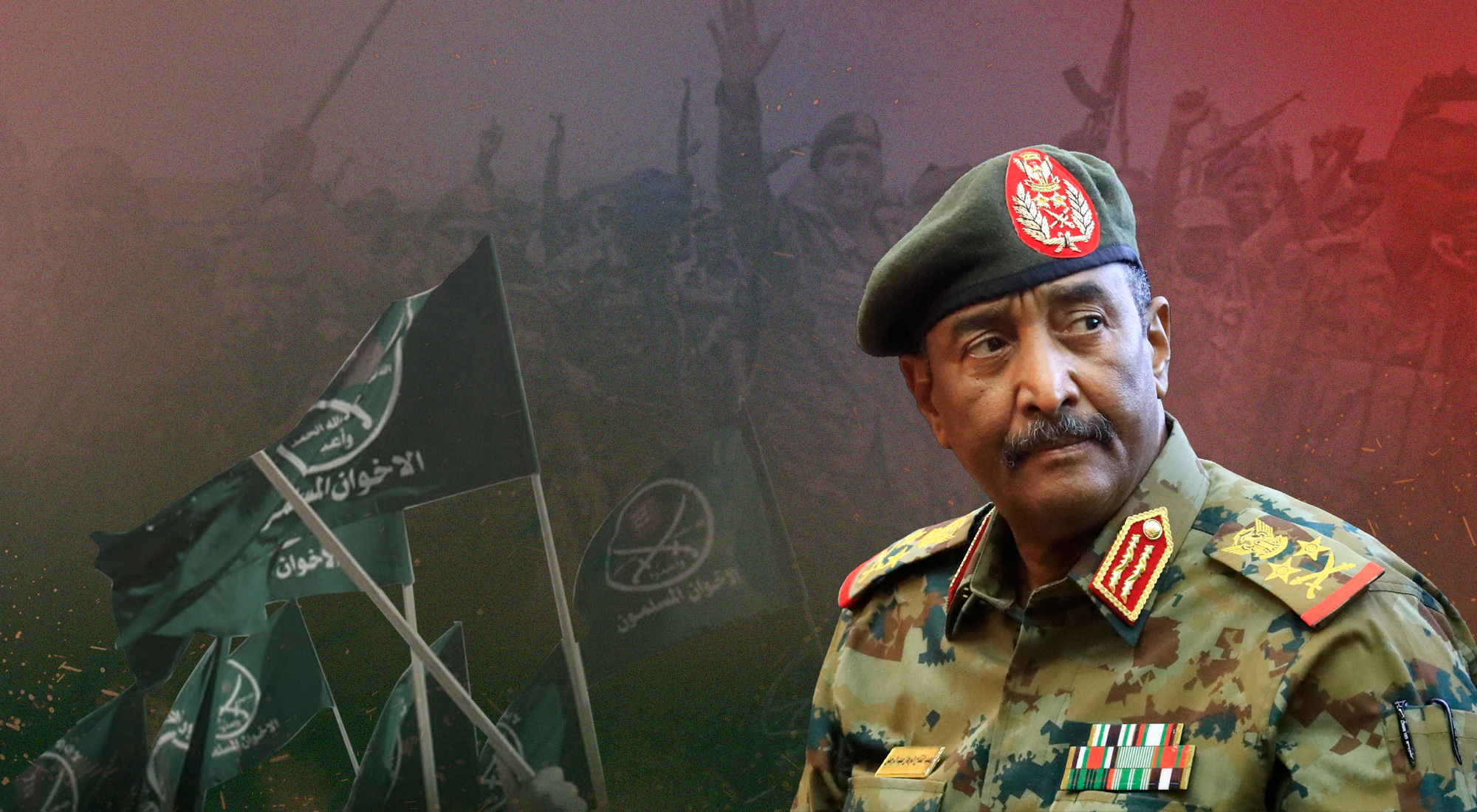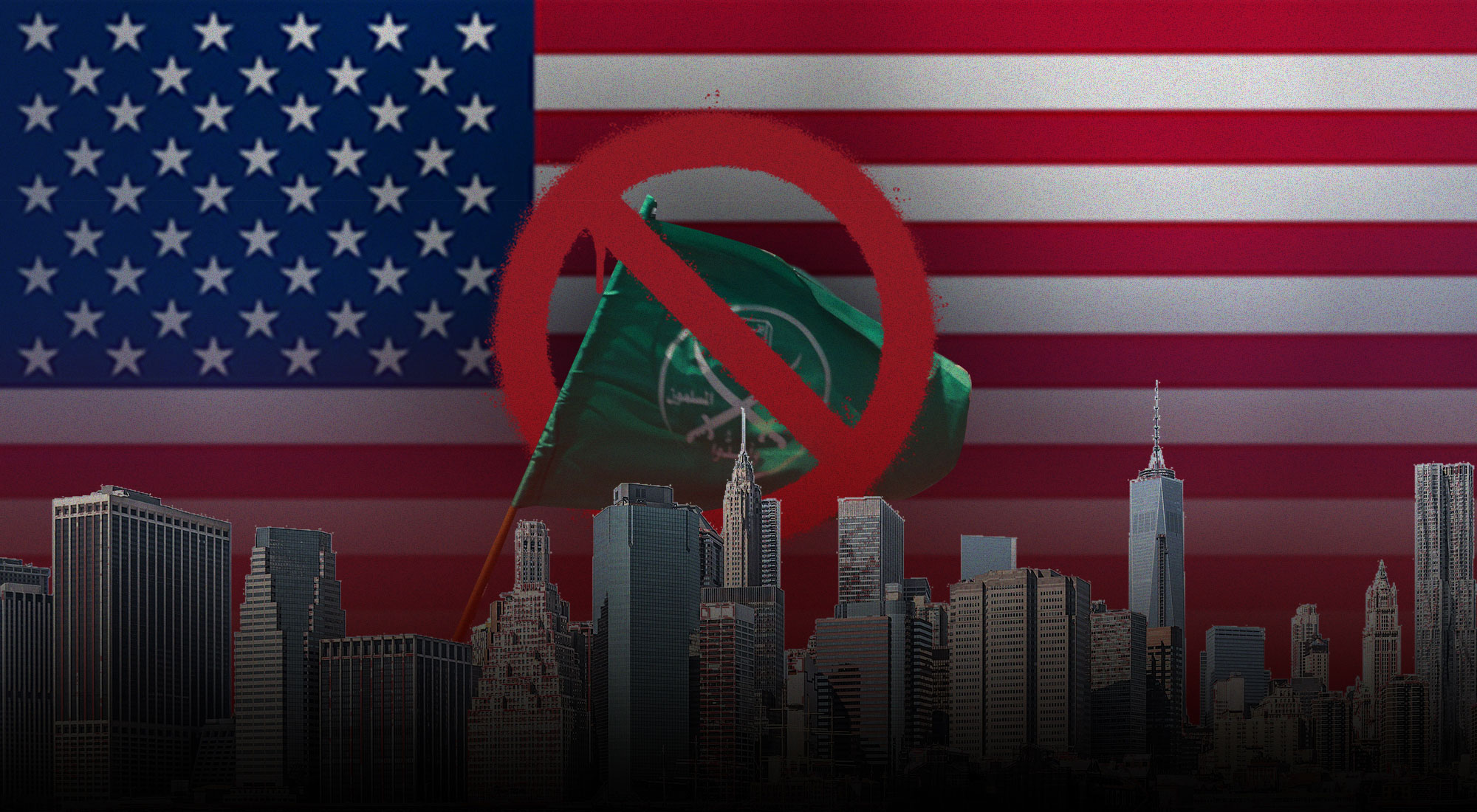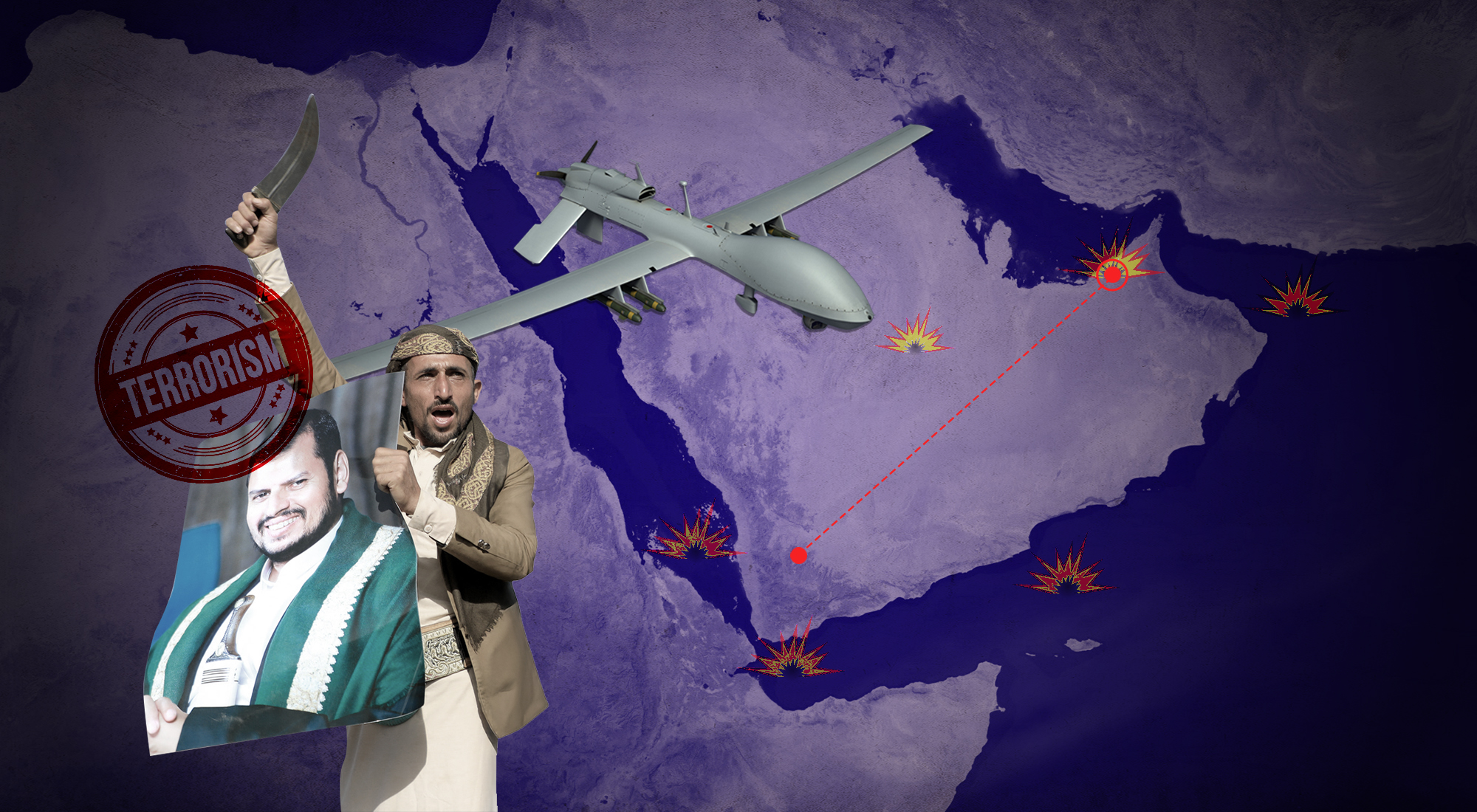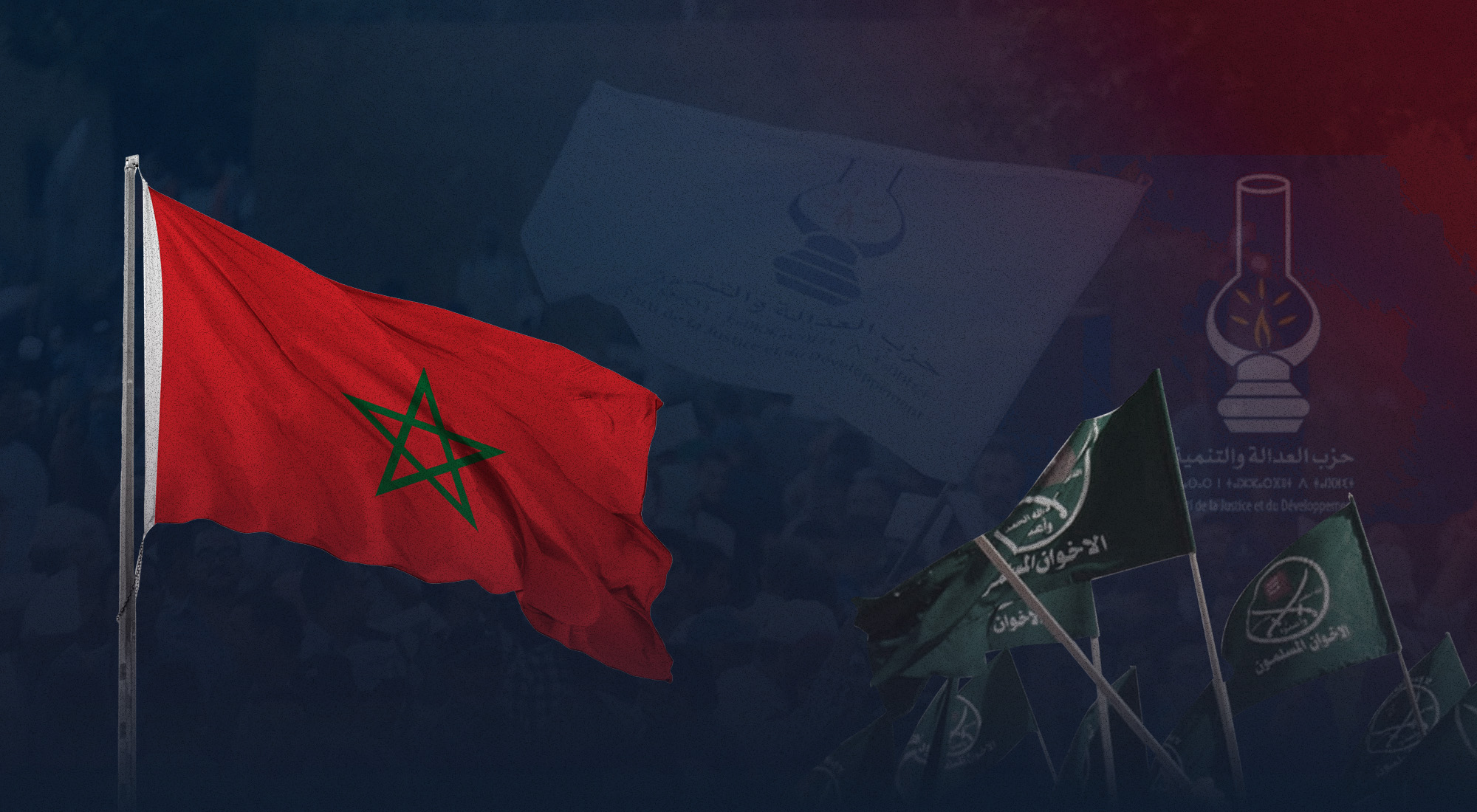Introduction
Terrorist organization Boko Haram has been operating in Nigeria, Niger, Chad, and Cameroon for more than 10 years. The conflict sparked by the group in 2009 generated a severe humanitarian crisis, with more than 30,000 people dead and 2 million displaced in north-eastern Nigeria. [1] The outfit gained notoriety after abducting more than 280 schoolgirls from their dormitory in the remote town of Chibok in Nigeria in 2014. However, it has been facing increasing division within its ranks since 2016. The longevity of Boko Haram’s insurgency merits a close examination of its tactics, objectives, and the internal tensions that have arisen in recent years. [2]
This insight examines Boko Haram’s strategic aims while also noting the growth of factionalism within the movement. The divisions between the competing sub-groups, while stemming originally from ideological conflict, have been compounded by growing ethno-racial differences based on communal self-identification with Black African Peulh/Hausa and Arab Shuwa/Tuareg ethnicities. Nevertheless, Boko Haram as a whole continues to present a potent threat as a viable regional cluster for a wide range of ISIS operatives.
An internal ideological crisis
Boko Haram is regarded as one of the more influential regional ISIS franchises outside the so-called “caliphate” in Syria and Iraq. Developments in recent months have enabled the terrorist group to resurface and renew its reign of terror and violence in several localities in the Lake Chad and Great Lakes regions. In recent years, it has taken a deadly and devastating toll. Around 5,000 have been held hostages, nearly 25,000 civilians have died, close to 5,000 soldiers have been killed in the fighting. More than 50 localities have been completely devastated, leaving 500,000 refugees in up to four countries as of 2019. [3]
Despite the UN Secretary-General’s call for a global ceasefire in March 2020 to better combat the Covid-19 pandemic, [4] Boko Haram continued to target countries in the Lake Chad region, worsening the already high casualty toll caused by its ongoing insurgency. Most of the states affected are generally very poor in socio-economic terms and very unstable militarily and politically. Initially very active in Nigeria, Boko Haram quickly broadened its operations in the sub-region through spectacular incursions as armies in the region were entirely unprepared to fight terrorism.
However, the persistence of the group’s struggle has masked growing dissent in the organization. Since Abu Musab Al-Barnawi, the son of its founder Mohammed Yusuf, took over the leadership role as the primary ISIS representative in West Africa in 2015, there have been increasingly visible and noticeable power struggles. Al-Barnawi was appointed as the group’s leader to replace Abubakar Shekau, [5] who had previously served as Yusuf’s deputy. The rivalry between the two led Shekau to lead his splinter group under Boko Haram’s official name, Jamaat Ahlus Sunnah li Dawah wal Jihad. Al-Barnawi led ISIS in West Africa. [6]
Boko Haram’s reverses are partially due to the work of the Joint Multinational Force (JMF) and the Nigerian federal government’s determination to fight and ultimately stamp out fundamentalist Islamization in its territory. [7] The intensified counter-terrorism campaign against Boko Haram coincided with an ideological crisis following Yusuf’s death. These disagreements reflected a wider crisis of confidence over the objectives of the broader ISIS organization in the greater western Saharan area. The ideological problem reflected increased factionalism based on competing visions among various Boko Haram sub-groups. In essence, the dispute was over operatives’ focus on preaching and fighting in contrast to the importance attached by others to the creation of a viable local “caliphate.”
The result is a classic case of a dogmatic and strategic degeneration of a highly fragmented organization. Plagued by internal struggles, the group is believed to be losing momentum, even though it continues to carry out some incursions and attacks. The death of Boko Haram’s former deputy leader, Mamman Nur, confirmed in September 2018, has arguably provided further impetus for the group’s fundamentalists. The group’s inter-factional conflict is due to the differences over whether to establish a caliphate or continue insurgency. [8]
While the circumstances surrounding Mamman Nur’s death remain unclear, the possibility of his assassination by members of the rival group, the Shekau-led branch, remains. Nur was assassinated amid a period of internal conflict and clan wars within Boko Haram. Reflecting Boko Haram founder Mohamed Yusuf’s philosophy, Nur sought the Islamization of Africa and the eradication of the imprint of western Judeo-Christian thought by founding, enforcing, and preaching “radical Islam.”
Nur’s death arguably marked the end of the Boko Haram founder’s vision of a constant armed struggle to achieve this goal. As a result, an Islamist sect under Shekau [9] has enforced a redefinition of the terrorist organization’s objectives. [10] In contrast to Nur, who was more concerned about the Islamization of communities through preaching and combat rather than the idea of ISIS, the Shekau faction seek the creation of an independent entity. Nevertheless, this faction has struggled to maintain its momentum and funding and has been further undermined by continuing dissension and counter-terrorist action. [11]
Boko Haram’s inter-factional conflicts have also been based on ethno-racial fractures and core ideological differences. In short, culture and ethnicity increasingly serve as the basis for creating and maintaining emotional bonds between the group’s members. The fundamentalist Peulh/Hausa fringe involved in terrorism is led by Shekau, while Abu Musab Al-Barnawi leads an Arab Shuwa/Tuareg faction. Al-Barnawi receives logistical and strategic support from Al-Qaeda in the Maghreb, formerly known as the Salafist Group for Preaching and Combat (SGPC), and other predominantly Tuareg extremist affiliates operating in the Sahara. In the meantime, a functional leadership tussle and a struggle for influence between the different factions go on. [12]
Through new recruits, the various factions are seeking to fulfill their competing agendas. However, race and objectively identifiable strategic differences are becoming increasingly crucial in forming identities as objective criteria for distinguishing between dissident factions and subsidiaries of Boko Haram. As a critical determinant, the terrorist group’s constituent factions are divided by racial characteristics. Black fighters from the Peulh and Hausa communities of the Sahelian region are allying with the faction led by Shekau.
In contrast, lighter-skinned fighters from the Tuareg, the Sahelian zone’s Shuwa communities, and nomadic Berbers from the south of the Sahara identify with Nur’s leadership. [13] As a result, although ideology has initially been the foundation and defining element for identity and membership in Boko Haram, Nur’s assassination led to the race becoming a defining element as a new basis for identification with and belonging to any faction.
Boko Haram is, therefore, in an uncertain and likely restructuring phase from ideological differentiation to diverging approaches and operating methods. The relationships between the different leaders are mistrustful and antagonistic. Moreover, revenge-driven vendettas are possible given the fratricidal quarrels and leadership wars that have continued unabated since Yusuf’s death in 2009. These significant events in the group’s history have had a mixed impact on the evolution of studies on Islamist terrorism in West Africa, which has focused on the combination of continuity and transformation. [14] Attacks carried out by individual members of a heterogeneous and transnational group with diffuse ramifications have aroused new interest in its strategy and operating methods. Survival, however, remains Boko Haram’s primary objective. [15]
The group’s fragile cohesion is increasingly threatened by group consciousness of different rival factions primarily based on communities reorganized based on racial and geo-identity traits, particularly in the populations living in the Lake Chad Basin. Consequently, the Al-Barnawi faction members have developed a certain phobia and condescending view of other factions, especially the Shekau group. [16]
First over doctrine and then over ethnic characteristics, the various disagreements have not diminished terrorist operations in the Greater Sahara. Also, new alliances have been established along racial and geo-identity lines. The Shekau faction, which remains highly active and a persistent threat, has consolidated its positions and power in the Lake Chad area. It is proceeding with its project of a “caliphate” on the ruins of the Kanem Bornu empire.
At the same time, former leader Nur’s supporters have developed links to other Sahel-based militant groups whose objective is to conquer territories and societies through preaching and fighting. [17] These latter operatives are increasingly involved in Mali, Niger, and along Burkina Faso’s three borders. Nur’s supporters are also attempting to destabilize the West African coast, as demonstrated by the Bassam attacks in Côte d’Ivoire in 2016.
A differentiation of objectives and strategies
Mamman Nur’s death sparked a complex conflict within the West African terrorist organization currently operating in the region, with several actors pursuing divergent objectives. The more radical group, the Shekau faction, has demonstrated a desire to conquer territories and large cities such as Maiduguri in northeast Nigeria, Maroua in the Far North of Cameroon, and Diffa in South Niger. This faction has also shown an increasing determination to control strategic sites and engage in mineral ore exploitation. [18] It is also important to note that Boko Haram first made its mark by undermining the feasibility of the proposed gas pipeline project that would link Nigeria to Algeria. [19]
The Shekau faction seeks to create a so-called “caliphate” to rebuild the “Islamic” Kanem Bornou Empire, founded by Othman Dan Fodio, which lasted until the 19th century. The empire’s territories still have a majority Fulani/Hausa Muslim population today across Nigeria, Cameroon, Niger, and Chad. [20] This strategic approach is viewed very favorably by the ISIS refugees who have reached the Sudano-Sahelo-Saharan strip from Libya. Despite its notoriety as an international terrorist group, the Shekau faction’s agenda, which is merely a family legacy, has always been to make Nigeria an Islamic state. For Al-Barnawi, in contrast, the conquering of political, judicial, and legislative power in a defined region is part of the strategy toward that ultimate goal. [21]
Therefore, there are clear boundaries between respective factions. Each faction is increasingly built on geo-ethnic and geo-strategic foundations. The most radical branch is gaining the upper hand and imposing its methods and objectives: the fundamentalist Islamization of the conquered territories and creating a “caliphate” that constitutes the rebuilding of the Kanem Bornou Empire. Having gained reinforcements with the arrival of ISIS fighters who left Syria and took refuge in the Sudano-Sahelo strip (3S), Boko Haram, as the African franchise of ISIS, [22] can now regroup and enter territories hitherto out of reach.
Despite disputes between its various factions, they could still serve as new nerve centers and coordinators of regional terrorist operations. Faced with only partially successful counter-terrorist operations by local governments, Boko Haram has continued to gain ground despite pressure from the multinational forces and has managed to reorganize and project in the region.
The group’s resilience in the face of socio-politically failing states has earned it a strategic position for the survival and expansionism of international militancy. An assessment of the threats and attacks perpetrated by Boko Haram is essentially focused on autocratic and totalitarian states that suffer from poor governance. Such states are fertile ground for fundamentalist Islam, where any religious extremism flourishes. [23]
Conclusion
The continued evolution of Boko Haram as a franchisee of ISIS in Africa has recently been characterized by fragmentation, with two distinct factions now operating in the region. Nevertheless, the organization remains a threat despite the security operations undertaken by national governments and the multinational force. There is also a risk that insurgent groups in West Africa will continue to attract ISIS fighters displaced from other conflict zones in which they have operated. In terms of the severity of the future threat, it remains to be seen whether the increased racial and ethnic basis for sub-group identification will impact the movement’s overall ability to stage attacks and further its strategic and ideological aims.
References:
[1] Quenum, Fréjus. 2020. ‘Boko Haram: Les failles dont profite ce groupe armé’. https://www.dw.com/fr/boko-haram-les-failles-dont-profite-ce-groupe-arm%C3%A9/a-54426061
[2] Matfess, Hilary. 2017. ‘Boko Haram: History and Context.’ https://doi.org/10.1093/acrefore/9780190277734.013.119
[3] Foucher, Vincent. 2020. “Enlèvement d’élèves au Nigeria: Boko Haram montre qu’il peut frapper ailleurs que dans son fief.” https://www.lemonde.fr/afrique/article/2020/12/17/nigeria-boko-haram-montre-qu-il-peut-frapper-ailleurs-que-dans-son-fief_6063777_3212.html
[4] Guterres, Antonio. 2020. “Global Ceasefire.” https://www.un.org/en/globalceasefire
[5] According to John Campbell This time, however, the reports have more credibility. The story is that ISWA fighters tracked down Shekau, killed his fighters, and then demanded that he swear allegiance to Abu Musab al-Barnawi, the head of ISWA. Campbell, John. 2021. Nigerian Terrorist Abubakar Shekau: Dead or Alive—and does it matter? https://www.cfr.org/blog/nigerian-terrorist-abubakar-shekau-dead-or-alive-and-does-it-matter.
[6] Pearson, Elizabeth & Zenn, Jacob. 2021. Boko Haram, the Islamic State, and the Surge in Female Abductions in Southeastern. ICCT Research Paper. https://icct.nl/app/uploads/2021/02/Pearson-And-Zenn-research-paper.pdf
[7] Pearson, Elizabeth & Zenn, Jacob. 2021. Boko Haram, the Islamic State, and the Surge in Female Abductions in Southeastern. ICCT Research Paper. https://icct.nl/app/uploads/2021/02/Pearson-And-Zenn-research-paper.pdf
[8] Olabanji, Akinola. 2015. Boko Haram Insurgency in Nigeria. African Security. Vol. 8, No. 1
[9] According to John Campbell, This time, however, the reports have more credibility. The story is that ISWA fighters tracked down Shekau, killed his fighters, and then demanded that he swear allegiance to Abu Musab al-Barnawi, the head of ISWA. Campbell, John. 2021. Nigerian Terrorist Abubakar Shekau: Dead or Alive—and Does it Matter? https://www.cfr.org/blog/nigerian-terrorist-abubakar-shekau-dead-or-alive-and-does-it-matter.
[10] The Attorney-General’s Department. 2017. Boko Haram. Australian National Security. https://www.nationalsecurity.gov.au/Listedterroristorganisations/Pages/Boko-Haram.aspx
[11] Pearson, Elizabeth & Zenn, Jacob. 2021. Boko Haram, the Islamic State, and the Surge in Female Abductions in Southeastern. ICCT Research Paper. https://icct.nl/app/uploads/2021/02/Pearson-And-Zenn-research-paper.pdf
[12] Matfess, Hilary. 2017. ‘Boko Haram: History and Context’. https://doi.org/10.1093/acrefore/9780190277734.013.119
[13] Idem
[14] Pearson, Elizabeth & Zenn, Jacob. 2021. Boko Haram, the Islamic State, and the Surge in Female Abductions in Southeastern. ICCT Research Paper. https://icct.nl/app/uploads/2021/02/Pearson-And-Zenn-research-paper.pdf
[15] The Attorney-General’s Department. 2017. Boko Haram. Australian National Security. https://www.nationalsecurity.gov.au/Listedterroristorganisations/Pages/Boko-Haram.aspx
[16] Matfess, Hilary. 2017. ‘Boko Haram: History and Context.’ https://doi.org/10.1093/acrefore/9780190277734.013.119
[17] Bodansky, Yossef. 2015. The Boko Haram and Nigerian Jihadism. ISPSW Strategy Series: Focus on Defense and International Security. No. 318. https://www.files.ethz.ch/isn/187751/318_Bodansky.pdf
[18]Tambi, John. 2006. “Nigeria-Algeria Gas Pipeline Project (Trans-Sahara Gas Pipeline).” https://www.nepad.org/nigeria-algeria-gas-pipeline-project-trans-sahara-gas-pipeline
[19] Ibid
[20] Lotha, Gloria & Bhutia, Thinley. 2015. “Kanem-Bornu historical empire, Africa.” https://www.britannica.com/place/Kanem-Bornu
[21] The Attorney-General’s Department. 2017. Boko Haram. Australian National Security. https://www.nationalsecurity.gov.au/Listedterroristorganisations/Pages/Boko-Haram.aspx
[22] Is a news outlet linked to ISIS. It is often the “first point of publication for claims of responsibility by the group”
[23] Djounguep, Hippolyte Eric. 2014, Perspective des conflits. Editions Universitaires Européennes.








